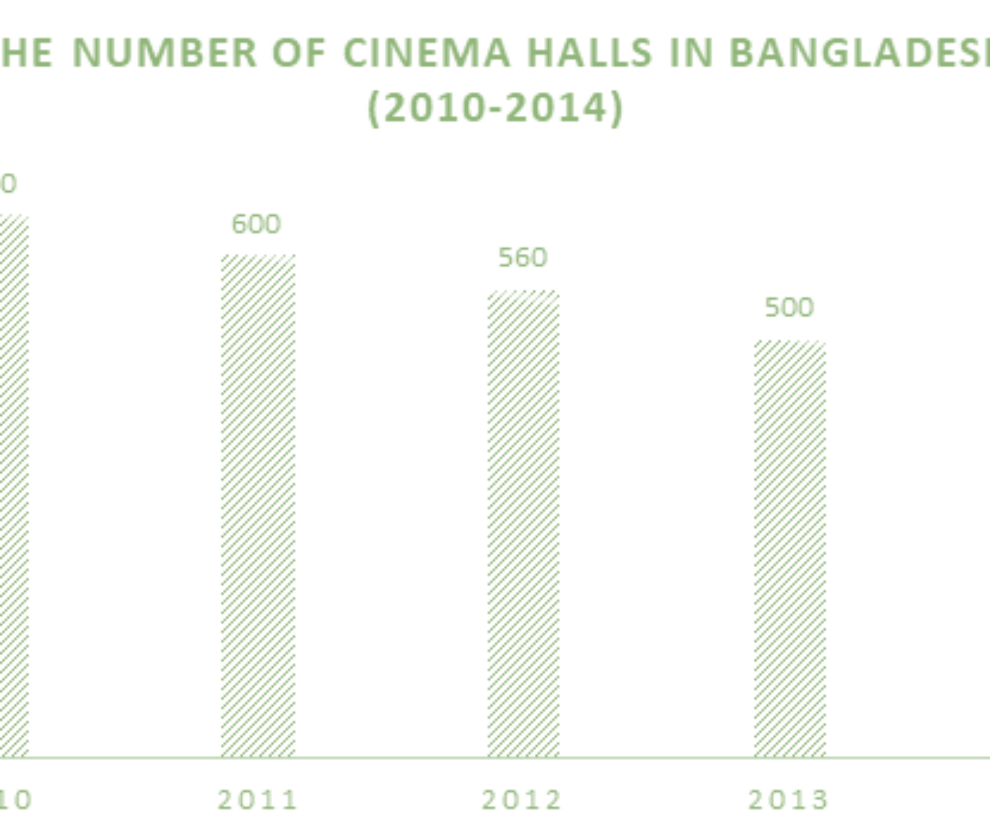Background:
In Bangladesh, the informal economy employs 52 million out of the total 61 million workers, contributing over 40% to the GDP. The light engineering, leather goods, and furniture making sectors are significant contributors to this informal sector. Job seekers primarily rely on word-of-mouth and informal channels, leading to an information gap about suitable employment opportunities. MSMEs struggle to find skilled workers, resulting in lower productivity and revenue. The absence of a suitable intermediary platform hinders connections between employers and candidates. The leather goods and light engineering sectors are experiencing export growth, while furniture making is expanding exports after meeting domestic demand. The COVID-19 pandemic has caused unemployment, creating a surplus labor pool. The introduction of a Blue Collar Employment Matchmaking Platform is needed to bridge recruitment gaps, provide better opportunities for workers, and boost MSME growth.
Study Objective:
The assessment aimed to understand the recruitment landscape, characterize employers and employees, and assess willingness and channel preferences. The data collected will inform the development of a suitable Blue Collar Employment Matchmaking Platform to address recruitment challenges in the largest sectors.
Key Findings
Recruitment landscape
The data reveals several key points regarding the current recruitment practices and challenges faced by enterprises in the labor market:
- Word-of-mouth (WoM) is the predominant recruitment method : Approximately 99% of enterprises rely on first degree recommendations from family, friends, and neighbors when hiring new employees.
- Recruitment costs differ based on skill levels: While 92% of enterprises do not bear any direct costs for hiring unskilled workers due to their availability, costs may be incurred when hiring skilled workers.
- Time required for recruitment varies: Unskilled workers can generally be hired within two weeks, but finding the right-fit skilled workers may take over a month. This poses a challenge, especially when there is a need to hire a large number of order-based “seasonal workers” within a shorter timeframe. A Blue Collar Employment Matchmaking Platform can help expedite the recruitment process in such cases.
- Convenience and low cost drive WoM methods: The convenience, low cost, and minimal effort associated with current WoM methods (1st, 2nd, and 3rd degree recommendations) contribute to their persistence as the preferred recruitment approach.
- Challenges of existing WoM methods: The existing WoM methods have limitations, including low geographical reach, difficulties in hiring skilled workers, and limited capacity to hire in bulk. A Blue Collar Employment Matchmaking Platform would address these challenges effectively.
- Job seeker concerns: Job seekers are concerned about the time and monetary costs associated with their job search. Factors such as uncertainty in finding a job, trust issues, and expenses are significant concerns for job seekers.
Employer and employee characterization
- The Bangla Language competency is high among the employers across all districts but lower among the employees. This can be addressed by designing the online and offline modules in a more user friendly way by using images and icons more than text. The workers will also be able to understand the contents with assistance. For promotion, audio and video content will gain more reach among the actors than other mediums.
- Language competency, Smartphone ownership, Internet usage, and MFS usage among enterprise owners are high across urban districts, meaning employers here will have fewer digital service adoption barriers than employers in rural areas, where rate of smartphone ownership and internet usage is much lower.
- Employers and employees alike predominantly use internet and digital channels for entertainment, not productivity. Behavior-change communication tools need to be deployed to familiarize potential users with Blue Collar Employment Matchmaking service mechanisms, thus offline promotions will play the major role in marketing of Blue Collar Employment Matchmaking.
- Smartphone usage among employers and employees varies depending on location. In Dhaka, both the employers and employees are frequent users of the internet and apps, which makes these locations ideal for a pilot implementation. In the Northern part, the usage is quite low, so offline promotion will be more suitable for user acquisition. In other areas, a hybrid module would be more suitable.
- Workers go to IT servicing shops/computer shops when they need to do any kind of registration. Floating booths can be placed near these shops to promote the Blue Collar Employment Matchmaking Platform to the workers.
- Even though many workers have MFS accounts, they are unable to operate it by themselves. This indicates that the workers will likely need assistance for registering into the Blue Collar Employment Matchmaking platform. The registration process should be made easier if possible by using USSD.
Willingness
- 73% of employers are willing to use Blue Collar Employment Matchmaking Platform to source skilled workers.
- Among employers who expressed willingness to use, 45% would be willing to pay (WTP) to use the service. Average (mode) WTP among employers is around BDT 200, and among job seekers is BDT 50-200. However, job seekers are less willing to pay for offline service channels.
- Urban employers and employees show greater preference for online or hybrid service channels, whereas there is a greater preference for offline channels in rural areas.
Offline channels will predominantly be needed for promoting the Blue Collar Employment Matchmaking service, for education on usage, and registration for both employers and job seekers. However, with proper product education, an online model would be an optimum solution in the long run.
Online channels would be completely ineffective among rural area users. Large scale product education would be required to implement an online solution here.
A hybrid channel model would be most appropriate in 4 out of 6 districts as it would have the highest reach.
Call/Text is the most popular online channel, suggesting that users would need some time to get accustomed to a fully app-based model.
An online model can be run in urban areas, while an offline model can support rural areas MSMEs while the market is simultaneously educated to be more accepting of online interventions.
Global Footprints:
Apna- India’s fastest unicorn platform for blue collar workers (https://apna.co/)
Apna, which is valued at $1.1 billion, started its operation in 2019 as a professional networking and jobs platform to help professionals connect with potential employers. The company’s namesake Android app is accessible in 11 Indian languages and 28 cities of India. Currently, Apna has over 22 million users, 2,00,000 plus employer partners and has been enabling 18 million interviews and 35 million professional conversations in 70 plus categories per month.
Business Model: Job seekers may use the platform to build a profile that includes their talents, education, and experience and then search for opportunities, phone the company directly, schedule an interview, and be hired. On the other hand, employers may use it to advertise job openings, interact with prospective employees, arrange interviews, and recruit the best matched workers. Byju’s, Swiggy, Toppr, Flipkart, WhitehatJr, Amazon, Unacademy, BigBasket, Licious, and others are among the company’s notable clientele. Through Apna, employers can easily reach out to the registered applicants using a variety of innovative tools and solutions. Recruiters can also check the applicant’s background, digital persona, necessary skills and fitness for the job.
Revenue Strategy: The app contains no advertisements. All of the job positions at the platform are vetted by Apna and available to candidates at zero cost. Apna is in its pre-revenue stage and intends to make money off its platform by charging recruiters and providing upskilling courses. According to the company, it is developing some exclusive skilling courses, result or job-based skilling, and peer-to-peer learning through its communities. It also has a vision to include a career counselling and resume-building function.
Moreover, Apna has partnership with some of India’s most prestigious governmental and private institutions, including the Ministry of Minority Affairs, the National Skill Development Corporation, and UNICEF YuWaah, to improve the worker’s skills and employability.




